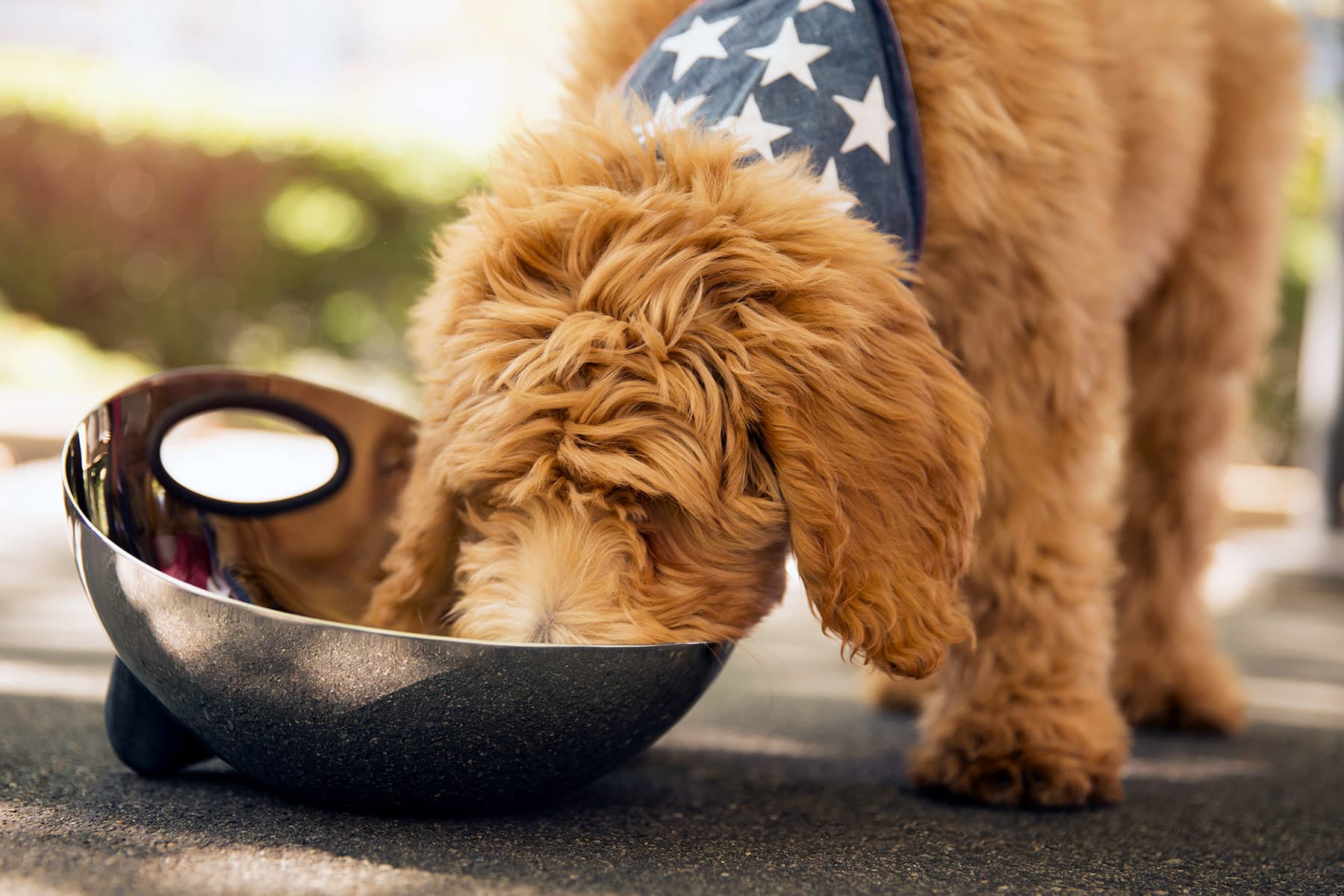- February 28, 2022
- No Comment
- 6 minutes read
What's the Best Food for Your Dog? – WebMD

Your dog may happily eat every last bite of kibble you give them. But that doesn’t mean they’re eating a healthy diet.
“We tend to feed our dogs the same thing every day, so we have to make sure their diet has the nutrients they need,” says Angela Rollins DVM, PhD, a clinical associate professor of nutrition at the University of Tennessee School of Veterinary Medicine.
Feeding your dog a healthy diet doesn’t have to mean spending big bucks on a boutique brand. You can buy nutritious dog foods at all price points.
How do you know when a food is nutritious? Look for the Association of American Feed Control Officials (AAFCO) seal, which certifies that the food is:
Also choose food that’s right for your dog’s life stage, says Rollins, who is a diplomate of the American College of Veterinary Nutrition.
“Puppies have different nutrient requirements than adult dogs, and large-breed puppies have different nutrient requirements than smaller-breed puppies,” she says.
Feeding puppies food made for adult dogs may mean they don’t get the right amounts nutrients like calcium, phosphorous, and docosahexaenoic acid that dogs need for normal growth and development.
Senior dogs may need a lower-calorie food to keep their weight stable, but they don’t need less protein as they age. They may also benefit from higher levels of antioxidants. If you have a dog over 7 years old, ask your vet about what, and how much, they should be eating.
Both wet and dry food can meet your dog’s nutritional needs. But Rollins says picky eaters may prefer wet food. “Sometimes canned foods can taste better,” she says.
Older dogs with medical or dental issues may do better with wet food, too. You could also add water to their dry food, or just switch to a smaller-size kibble.
Some pet parents opt for specialty diets like vegetarian, grain-free, or fresh whole foods for their dogs.
Research has found that some vegetarian diets for dogs don’t provide enough amino acids, which are the building blocks of protein. But a meatless diet can be a healthy choice if the food maker takes care to meet dogs’ nutrition needs, Rollins says. Vegetarian foods with the AAFCO seal are your best bet.
Grain-free diets made headlines after research showed a possible link between certain grain-free foods and a type of pet heart disease called dilated cardiomyopathy. The FDA is looking into this connection.
Rollins says we still don’t have the answers about grain-free diets. But it’s rare for dogs to have grain allergies, she says. “If you feel like your dog needs to be on a grain-free diet, consult your veterinarian,” she says
Fresh foods, or human-grade foods like meat, grain, fruits, and vegetables that are cooked and vacuum-sealed, are also trending. Some research has found these foods may be easier to digest than conventional pet foods.
“If pet owners want their pets to eat something that looks like something you would eat, these are a good option,” says Rollins.
But, she says, traditional canned and bagged foods can be perfectly healthy for your dog.
“In human nutrition, we think of processed foods as junk foods,” she says. “The difference with pet foods is that [processed foods] are extremely nutritious.”
Your vet may recommend a therapeutic diet to help with certain health conditions your dog has, ranging from heart or kidney disease to obesity and allergies. These diets are available by prescription only and may not be right for healthy dogs.
“If you think your pet has a medical issue, talk to your veterinarian about the possible benefits of a therapeutic diet and direction on how to use it appropriately,” Rollins says.
Whatever food you choose for your dog, resist the urge to fill the bowl to the brim. Being overweight could take up to 2 years off your dog’s life.
“The metabolism of dogs is variable,” Rollins says. “Some dogs will do perfectly if you feed them the amount recommended on the dog food bag. Some dogs need significantly less, and some dogs will need more.”
Your veterinarian can tell you how much your dog should weigh. Use the feeding guidelines on the dog food label for what your dog should weigh, not their current weight. If your dog starts to lose their waistline, cut back.
Limit treats to no more than 10% of your dog’s daily calories. And avoid giving them table scraps, no matter how much your dog begs. Not only does this add extra calories and encourage bad doggie manners, some “people” foods can make dogs sick.
“A dog’s nutrient requirements are different from [a] human’s,” Rollins says.
Photo Credit: Getty Images
SOURCES:
Angela Rollins DVM, PhD, University of Tennessee School of Veterinary Medicine, Knoxville.
The Journal of Nutrition: “Influence of Diet on Oral Health in Cats and Dogs.”
Journal of the American Veterinary Medical Association: “Assessment of protein and amino acid concentrations and labeling adequacy of commercial vegetarian diets formulated for dogs and cats.”
Cornell University College of Veterinary Medicine: “Canine Dilated Cardiomyopathy (DCM).”
FDA: “FDA Investigation into Potential Link between Certain Diets and Canine Dilated Cardiomyopathy.”
Translational Animal Science: “True nutrient and amino acid digestibility of dog foods made with human-grade ingredients using the precision-fed cecectomized rooster assay.”
Journal of Veterinary Internal Medicine: “Association between life span and body condition in neutered client-owned dogs.”
American Society for the Prevention of Cruelty to Animals: “Dog Nutrition Tips.”
American Kennel Club: “Eating Well Into Old Age: Nutritional Needs for Senior Dogs,” “Human Foods Dogs Can and Can’t Eat.”
Pagination
© 2005 – 2019 WebMD LLC. All rights reserved.
WebMD does not provide medical advice, diagnosis or treatment.
See additional information.

